Gardening is often seen as an eco-friendly hobby, but some common practices, like chemical pesticides or invasive plants, can actually harm the environment. Here are 20 surprising things in your garden that might be doing more harm than good to our planet.
Chemical Pesticides
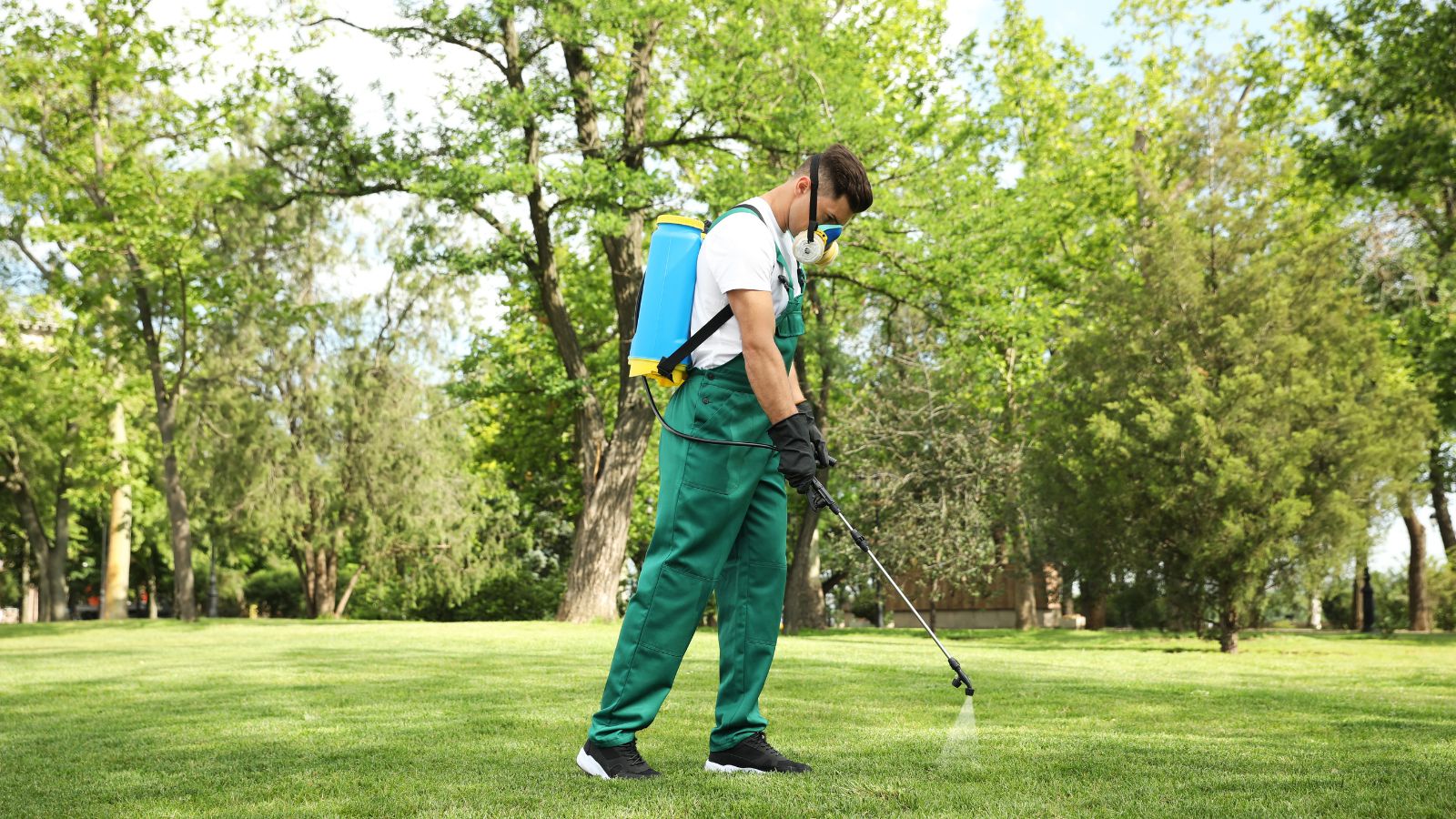
Synthetic pesticides kill harmful insects but also impact many others like bees and butterflies. According to Friends of the Earth, these chemicals will also seep into the soil and water, contaminating ecosystems far beyond your garden. This means they can also harm birds, fish, and other wildlife that come into contact with treated plants or consume affected insects.
Excessive Water Usage
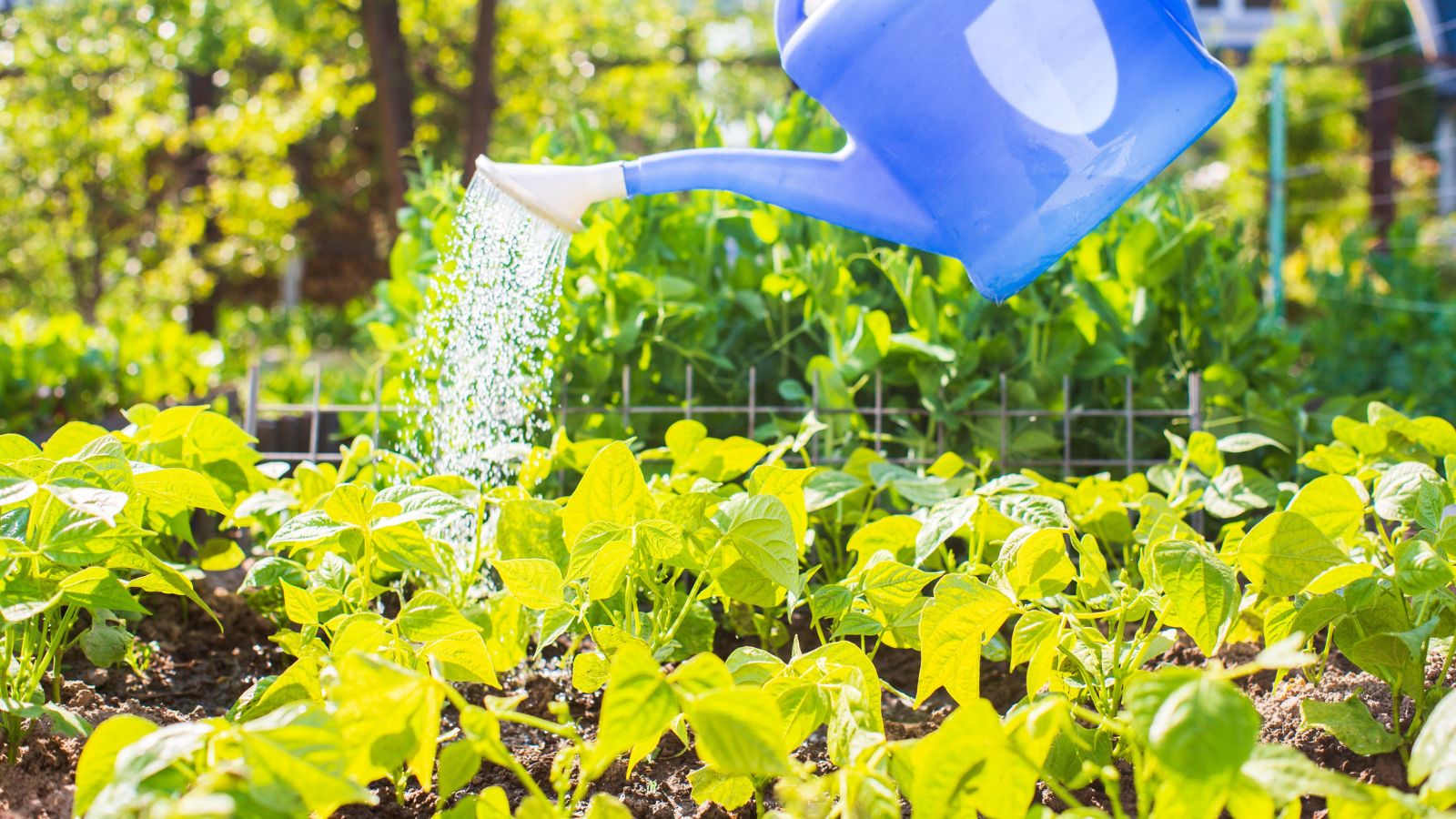
You should never overwater your garden since you’re wasting a precious resource, and it can lead to soil erosion and nutrient runoff. It also encourages shallow root growth, making plants less drought-resistant. Also, excessive watering creates favorable conditions for fungal diseases and some pest insects.
Gas-powered Lawn Mowers
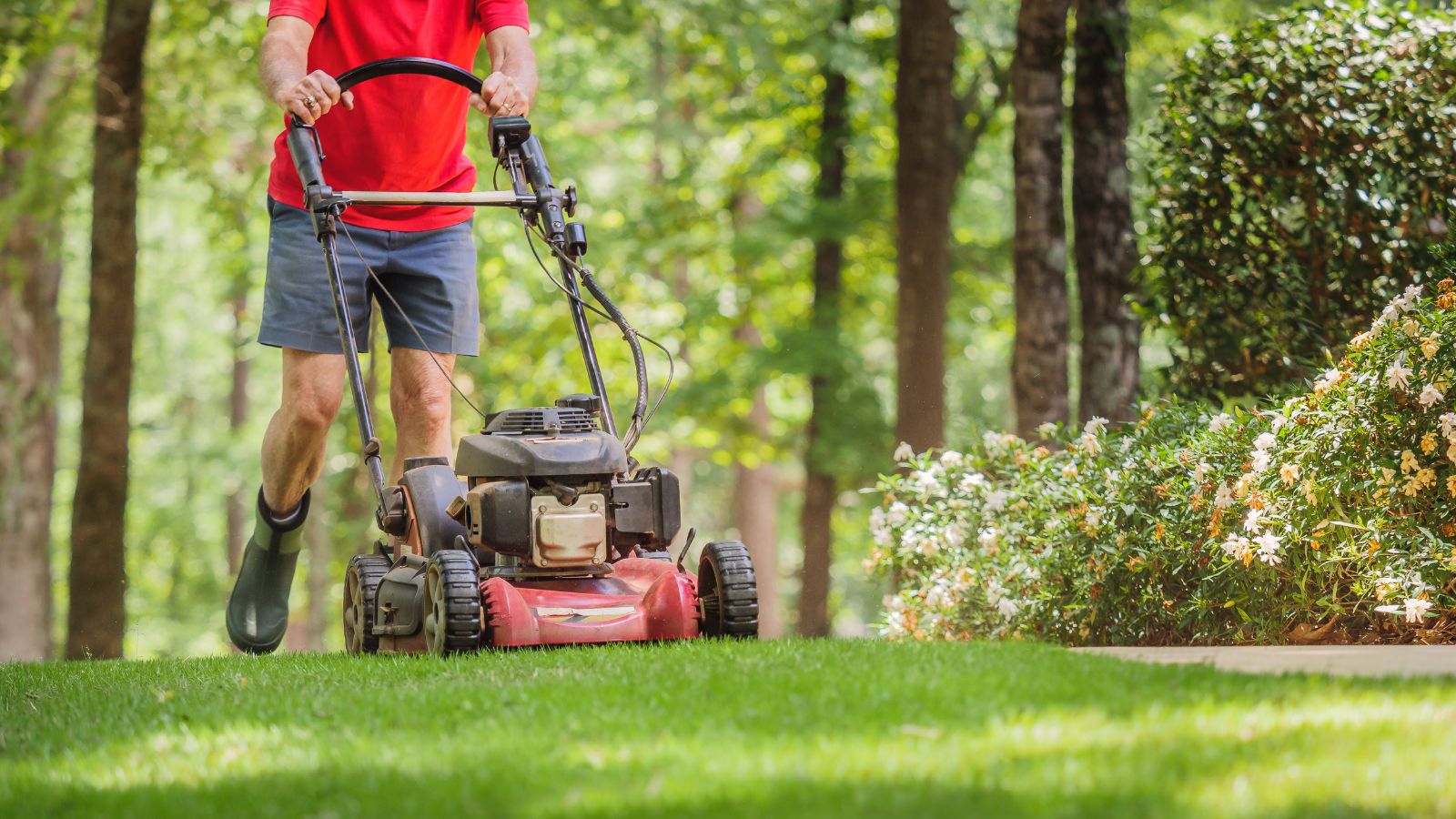
Mowing your lawn takes a lot of effort and a gas-powered lawnmower may seem like a great solution. However, these are major polluters, producing as much air pollution as a car driven for 100 miles in just one hour. Their loud noise also disturbs the wildlife in the area. More people are becoming aware of their environmental and health impacts, switching to electric or manual mowers.
Invasive Plants
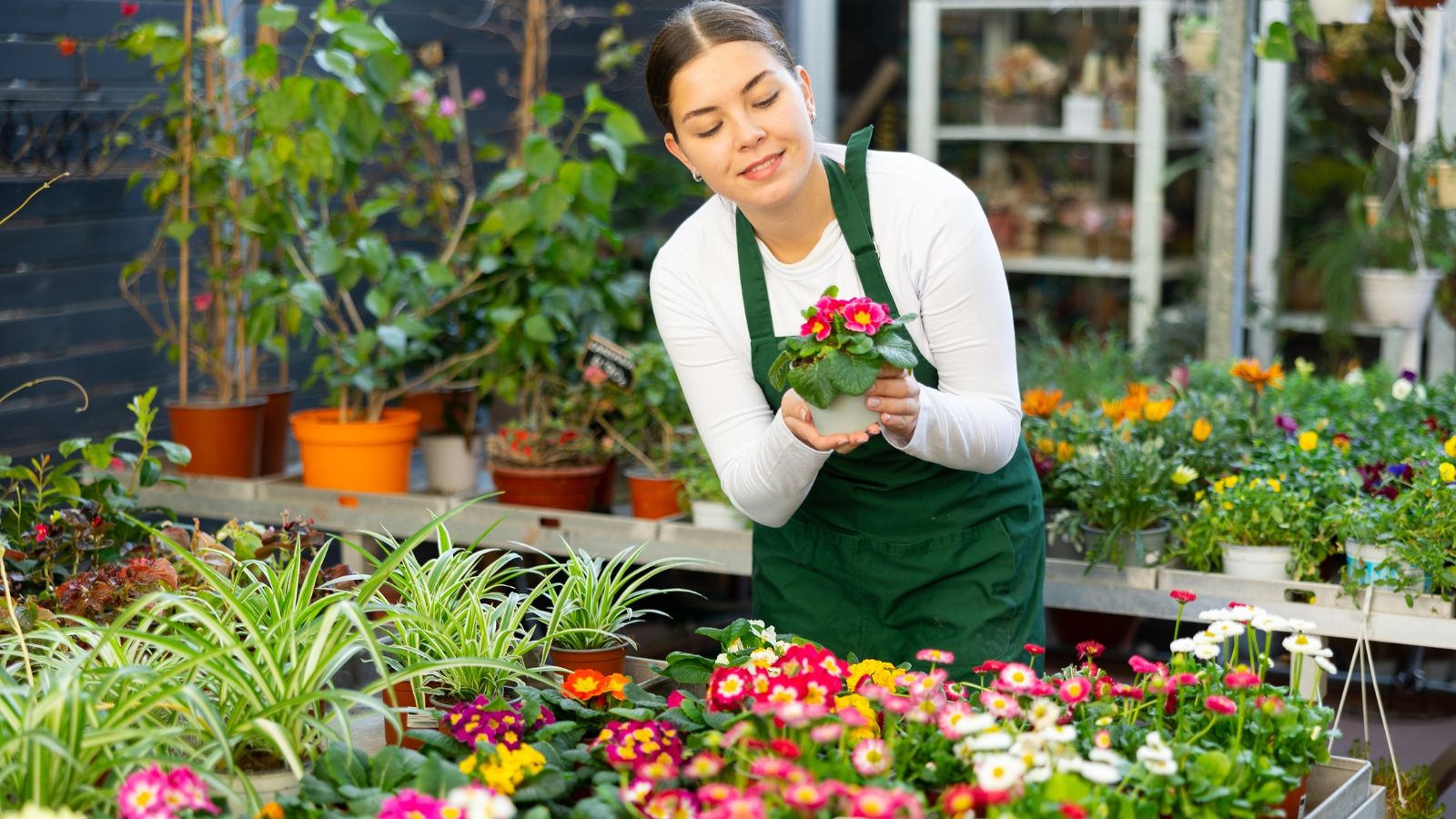
Non-native species may look attractive but can quickly spread everywhere. When this happens, they compete with local flora for resources, often outcompeting them and reducing biodiversity. Some invasive plants alter soil chemistry or provide inadequate food and shelter for native wildlife, disrupting entire ecosystems.
Peat-based Compost
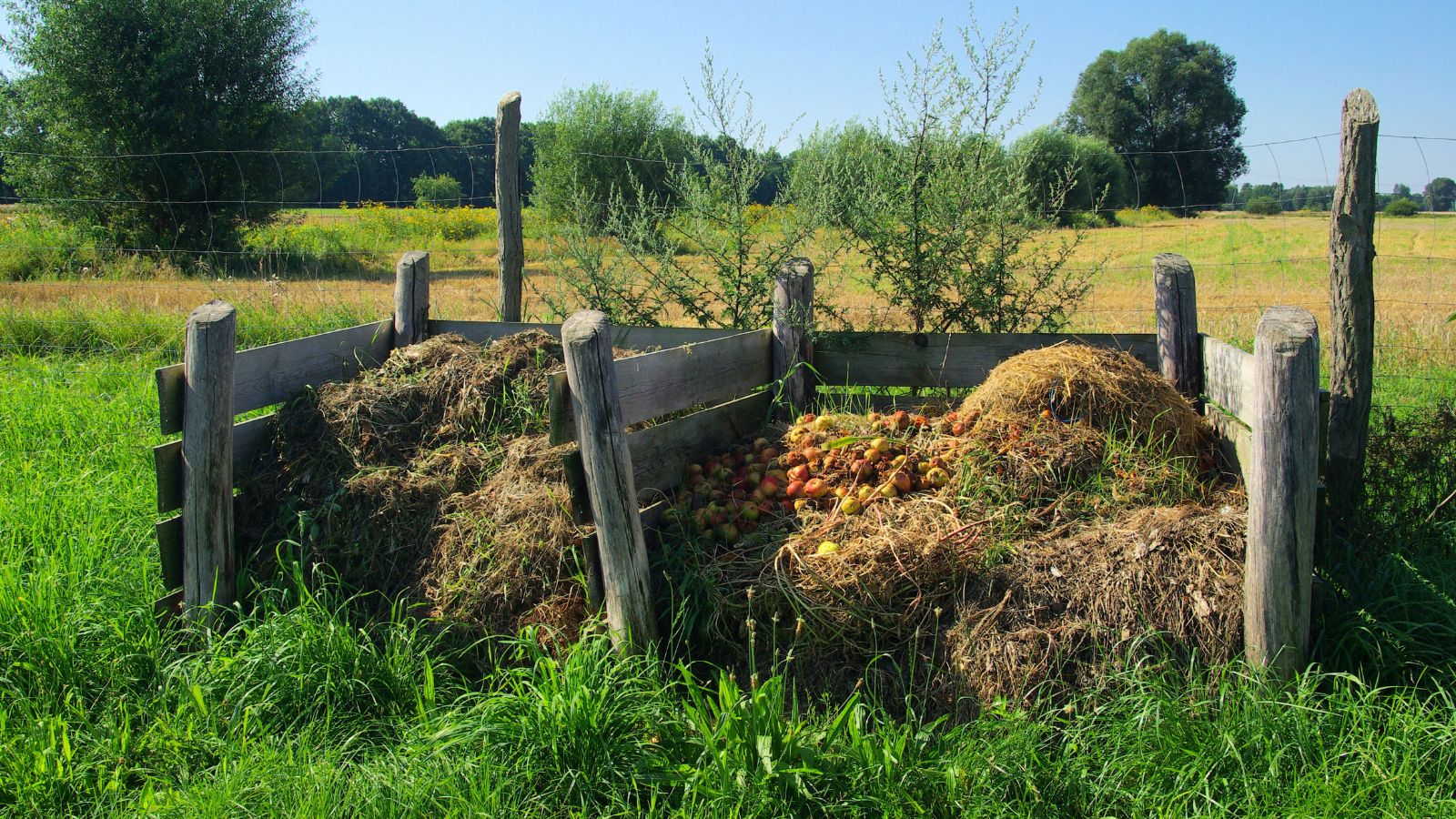
Peat bogs are crucial carbon sinks and unique habitats for some plants and animals. Using peat for garden compost releases stored carbon, which destroys the most fragile ecosystems. Peat bogs also take thousands of years to form, so they are essentially non-renewable on human timescales.
Weed Barrier Fabric
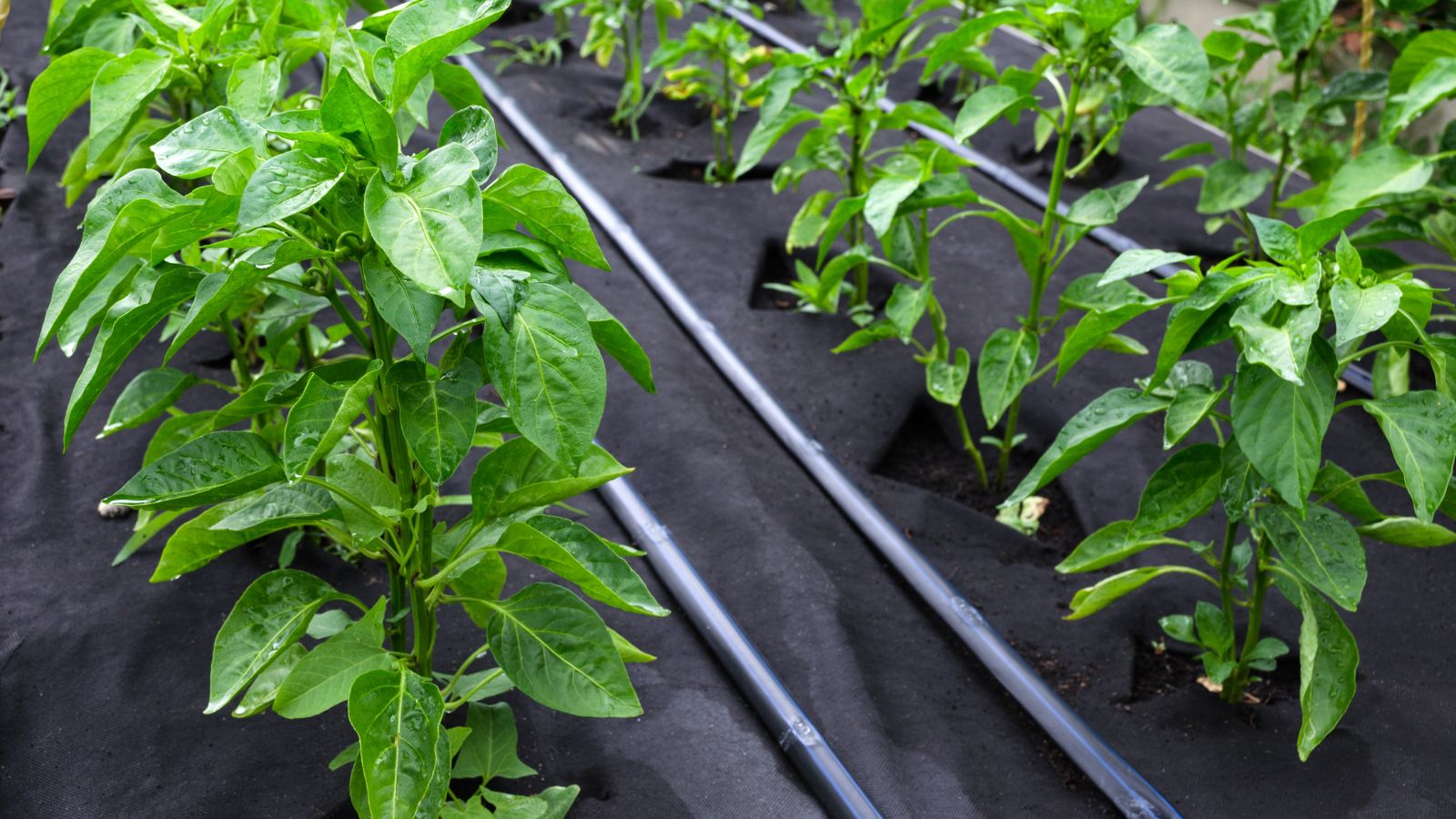
While it seems like an eco-friendly alternative to herbicides, weed fabric can cause long-term soil problems. It prevents organic matter from naturally enriching the soil and can fragment into microplastics over time. The fabric also interferes with the movement of beneficial soil organisms.
Excessive Lighting
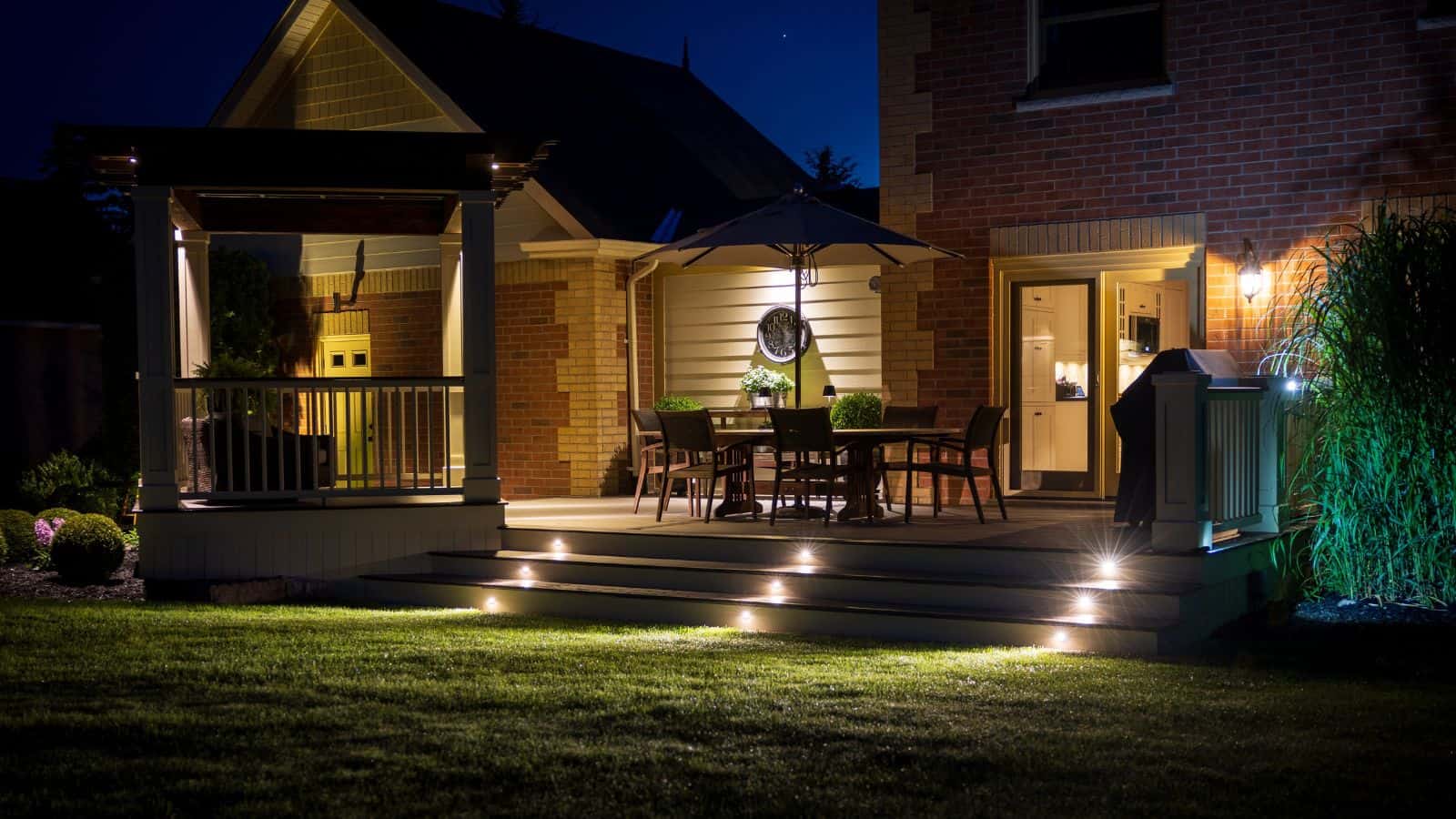
Bright garden lights disrupt natural day-night cycles for some plants and animals. They can confuse nocturnal creatures, interfere with bird migration patterns, and negatively impact pollinating insects. Excessive lighting also wastes energy, contributing to unnecessary carbon emissions.
Chemical Fertilizers
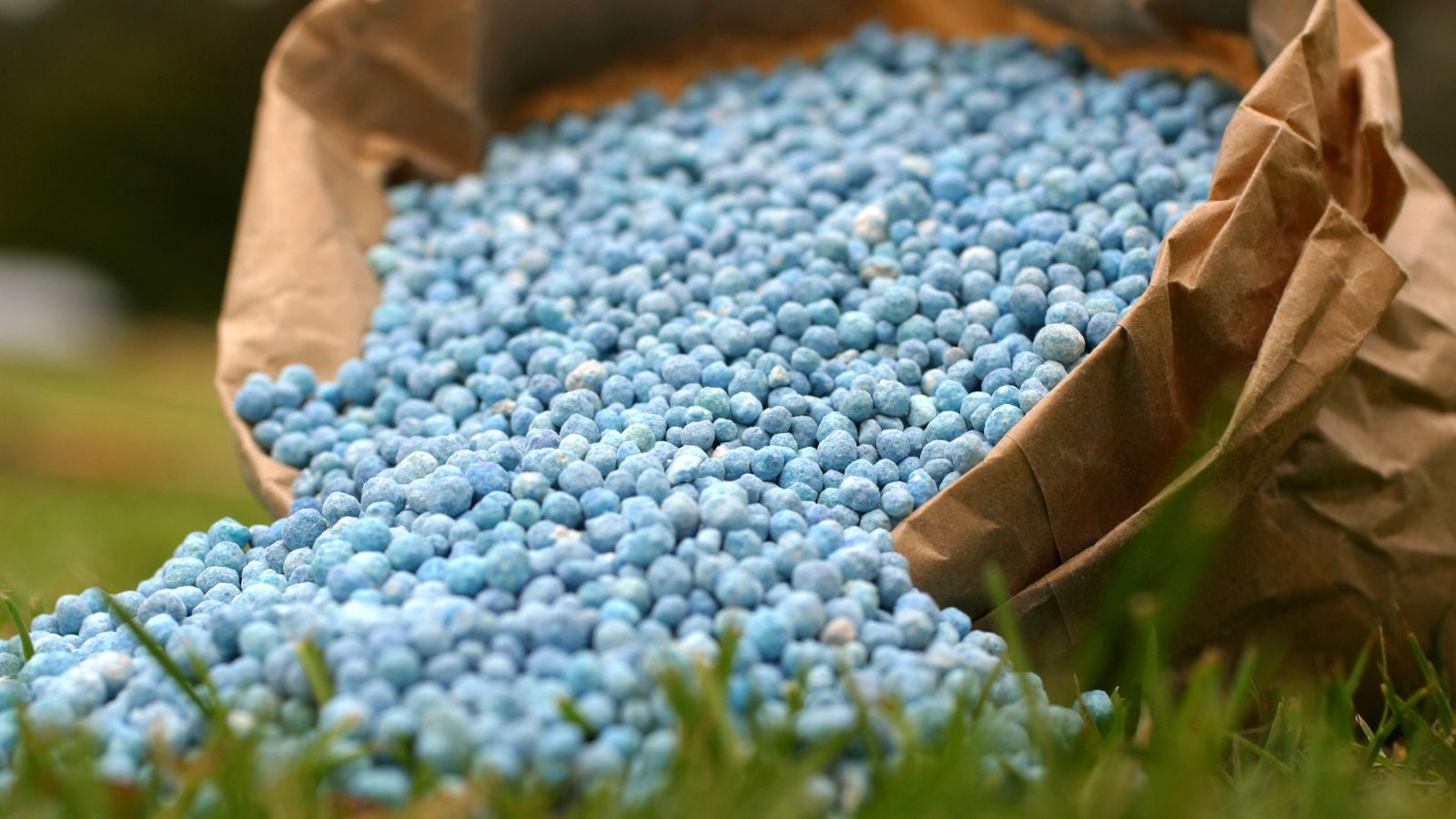
Synthetic fertilizers provide a quick nutrient boost but can harm soil health in the long term. They kill beneficial soil microorganisms and can lead to nutrient runoff, which causes algal blooms in waterways. Over-reliance on these products can make plants dependent and less resilient to environmental stresses.
Pressure-treated Wood
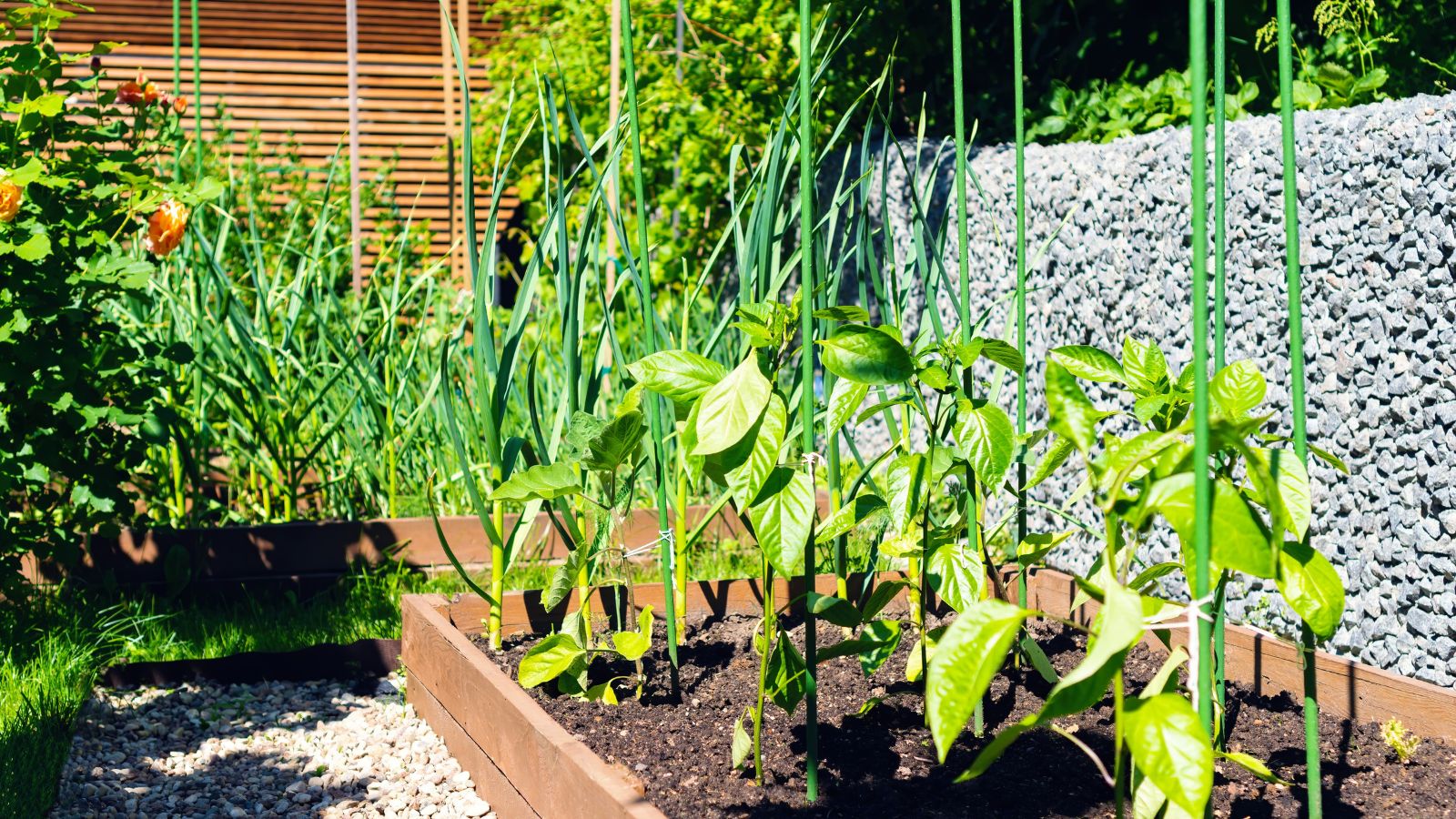
Many garden structures use wood treated with toxic chemicals to prevent rot. These preservatives can leach into the soil, contaminating groundwater and harming plants and animals. When the wood eventually degrades, it becomes hazardous waste that’s difficult to dispose of safely.
Non-native Grass Lawns
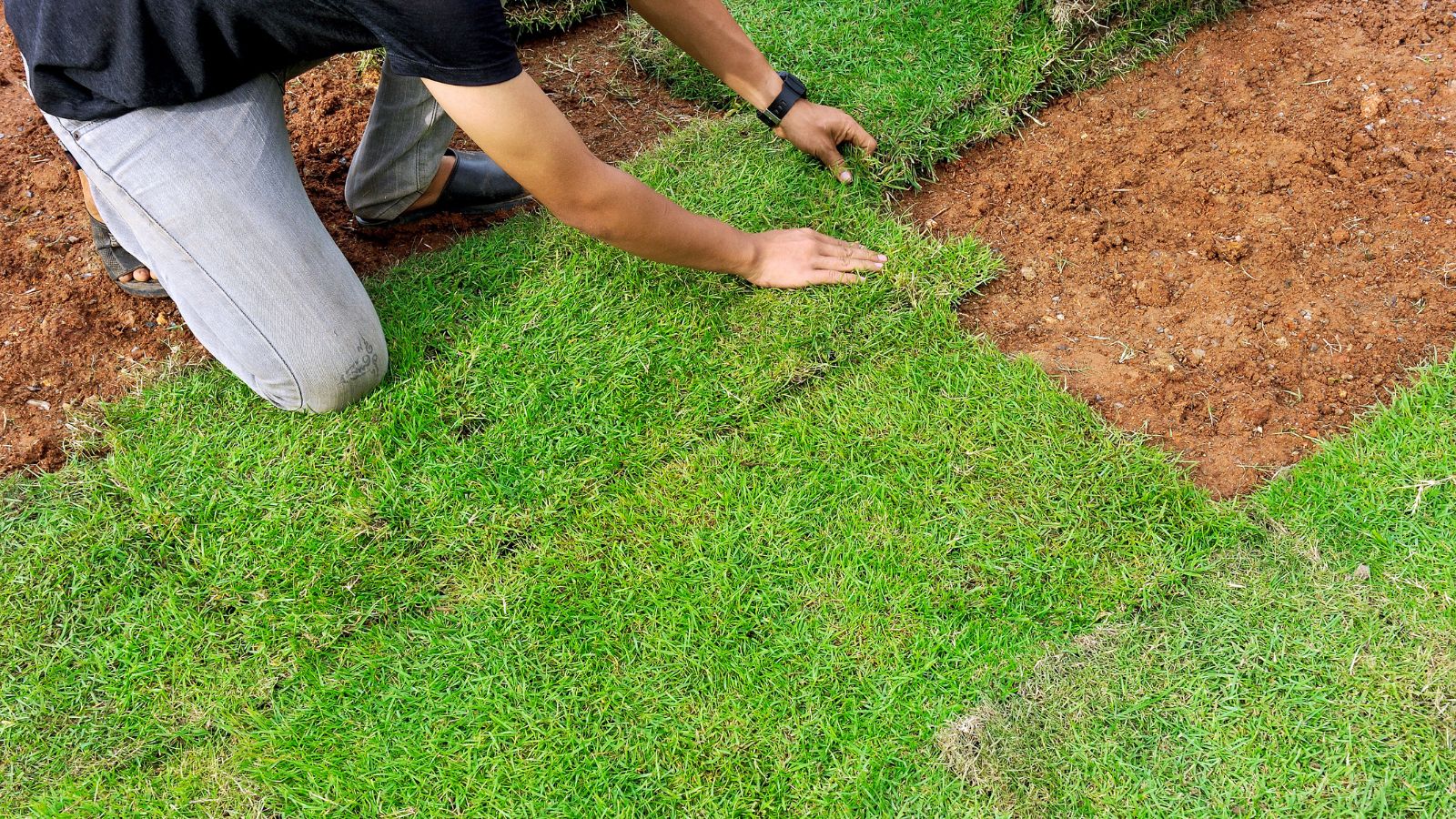
Traditional grass lawns often require excessive water, fertilizer, and pesticides to maintain. They also provide little habitat value for native wildlife and ultimately contribute to monoculture landscapes. Native plants adapted to local conditions are more environmentally friendly alternatives.
Artificial Grass
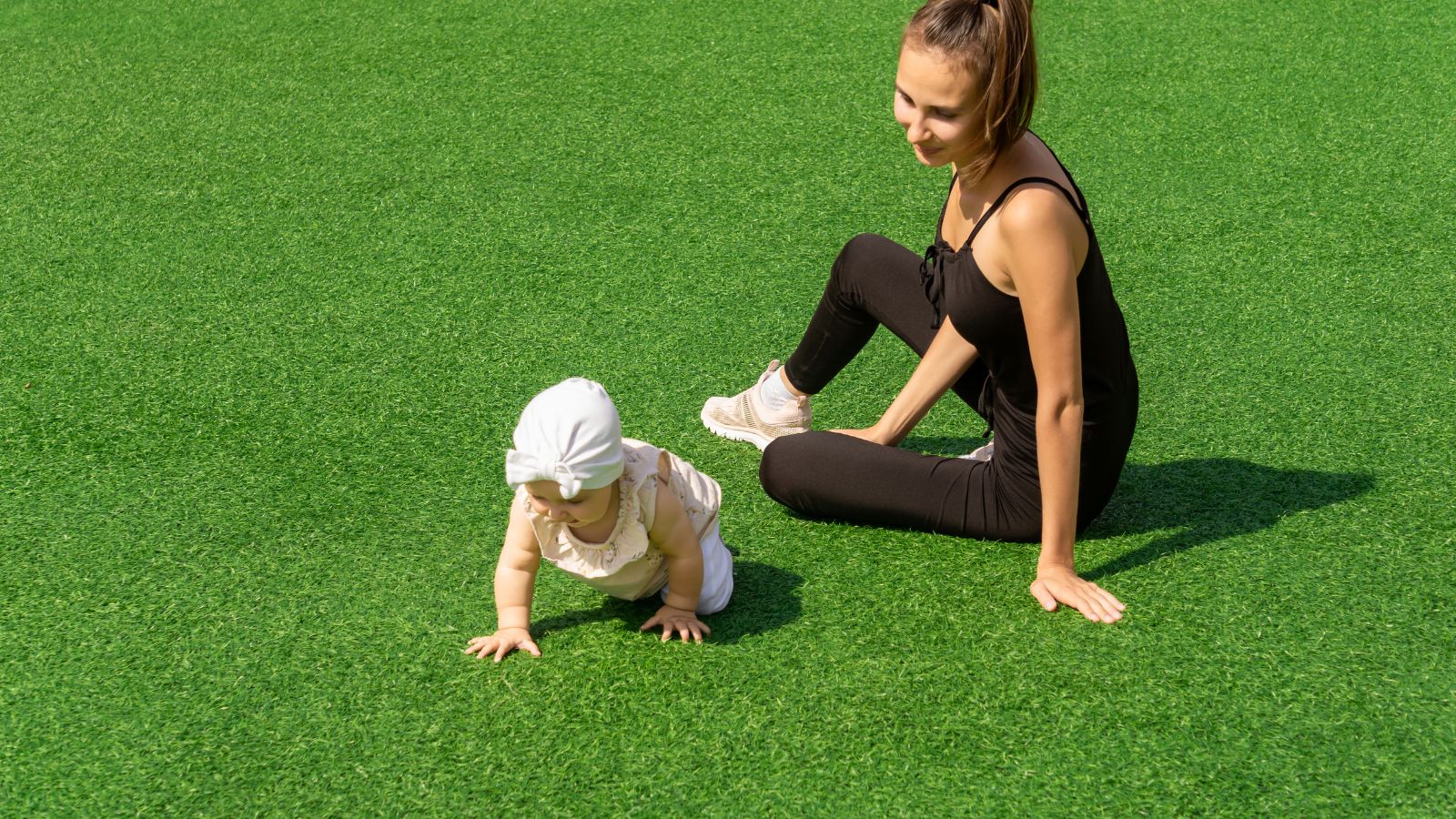
While low-maintenance, artificial turf reduces habitats for insects and soil microorganisms. It doesn’t absorb carbon dioxide or produce oxygen like real grass, increasing local temperatures and contributing to the urban heat island effect. They also shed microplastics that pollute waterways.
Single-use Plastic Pots
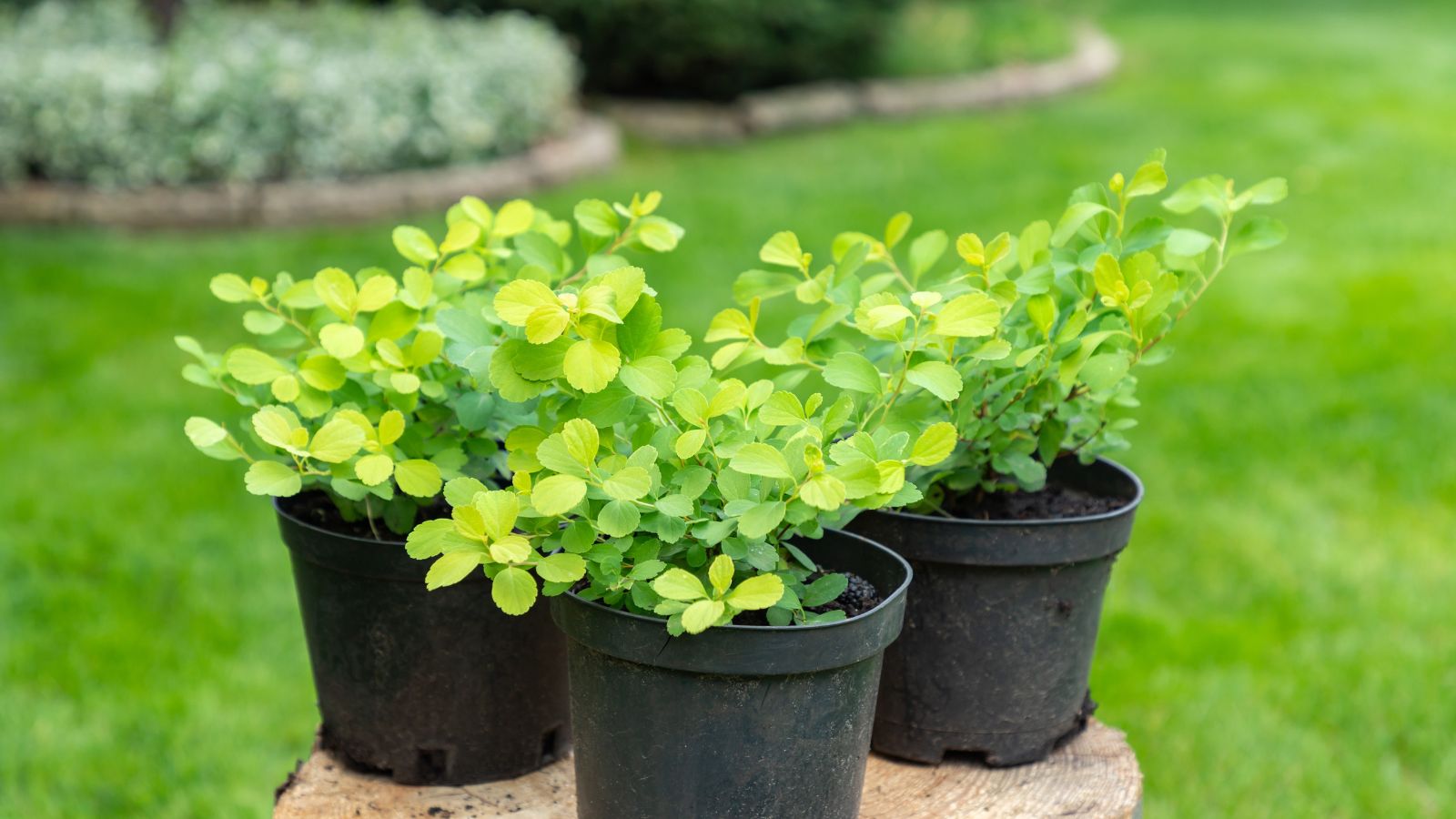
Disposable plastic pots contribute to the global plastic pollution crisis, ending up in landfills where they take hundreds of years to decompose. Many recycling facilities don’t even accept these pots due to soil contamination, making them a persistent environmental problem.
Imported Plants

Plants shipped from distant nurseries have a large carbon footprint due to transportation. They may also introduce pests or diseases to new areas. Locally grown, native plants are better adapted to your region’s climate and support local ecosystems more effectively.
Chemical Slug Pellets
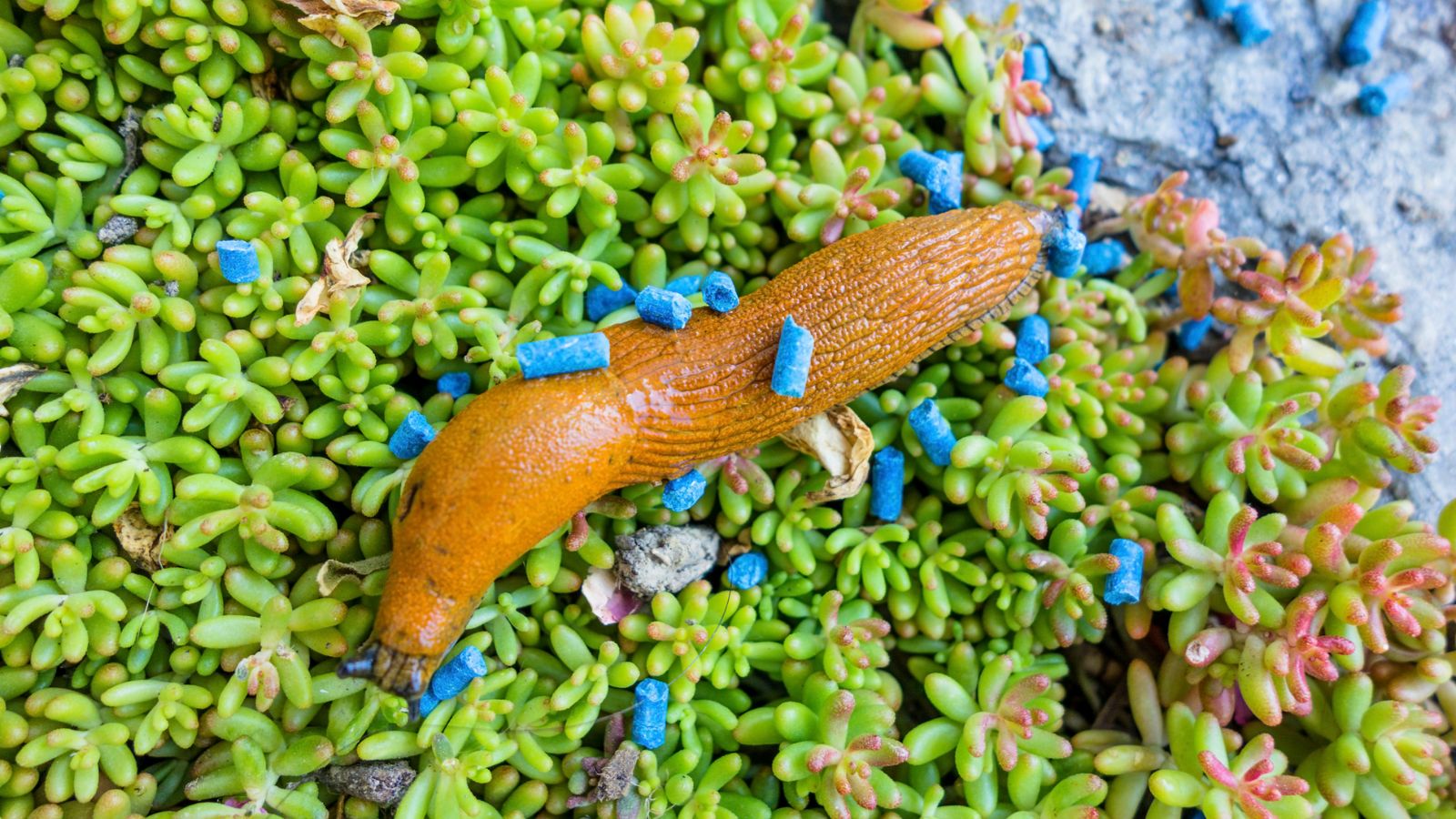
These common garden products contain metaldehyde, which is toxic to wildlife and pets. The pellets can be ingested by birds, hedgehogs, and other animals that eat slugs, causing secondary poisoning. They also contaminate soil and water sources, harming aquatic life.
Gas-powered Leaf Blowers

These devices produce significant air and noise pollution, disturbing insects and damaging delicate plants. Leaf blowers also remove important organic matter that would naturally decompose and enrich the soil, disrupting nutrient cycles in your garden ecosystem.
Neonicotinoid-treated Plants
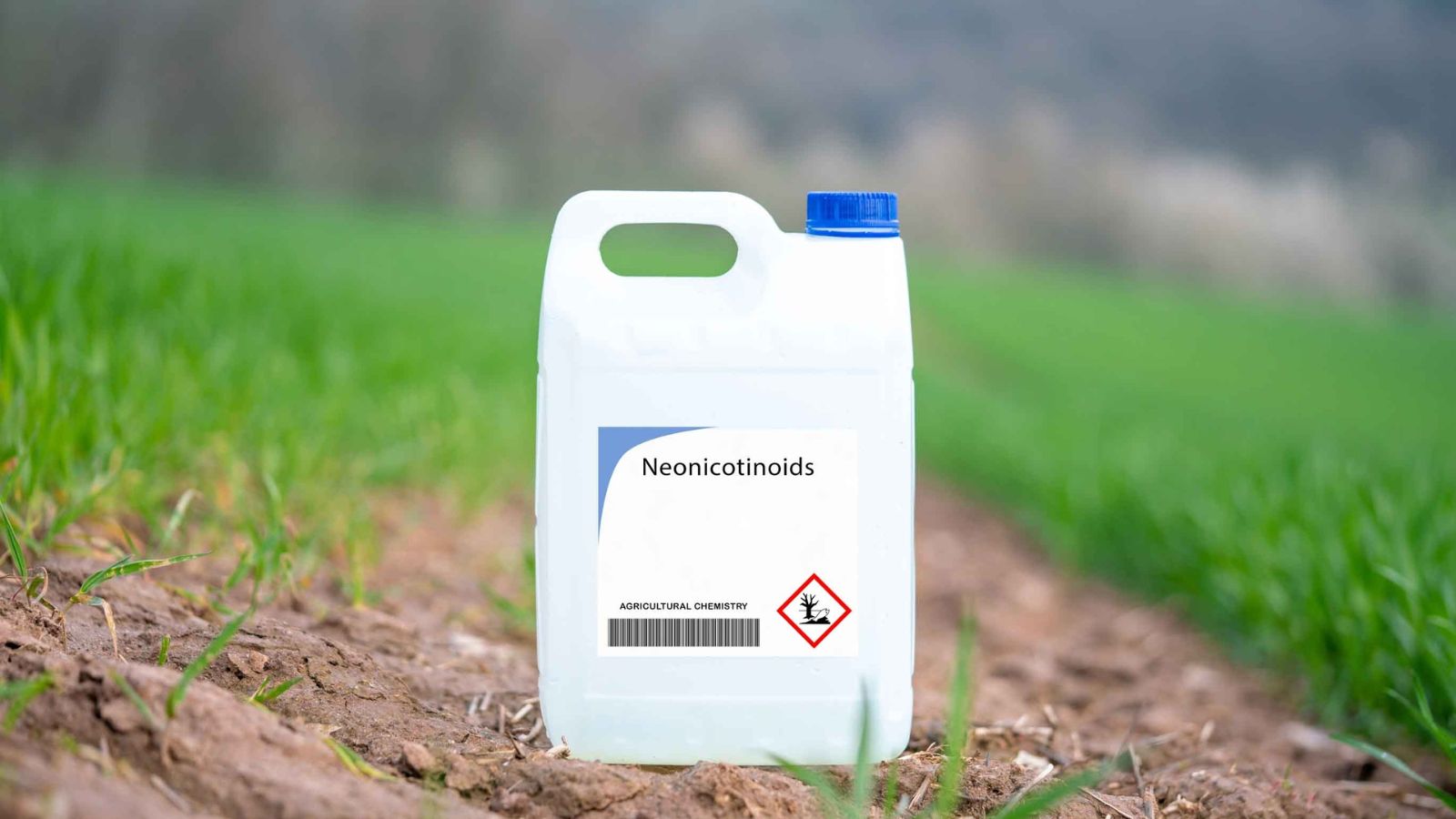
Many nursery plants are treated with neonicotinoid pesticides, which are highly toxic to bees and other pollinators. These systemic chemicals persist in plant tissues and can contaminate nectar and pollen. Choosing untreated or organically grown plants helps protect vital pollinator populations.
Impermeable Surfaces
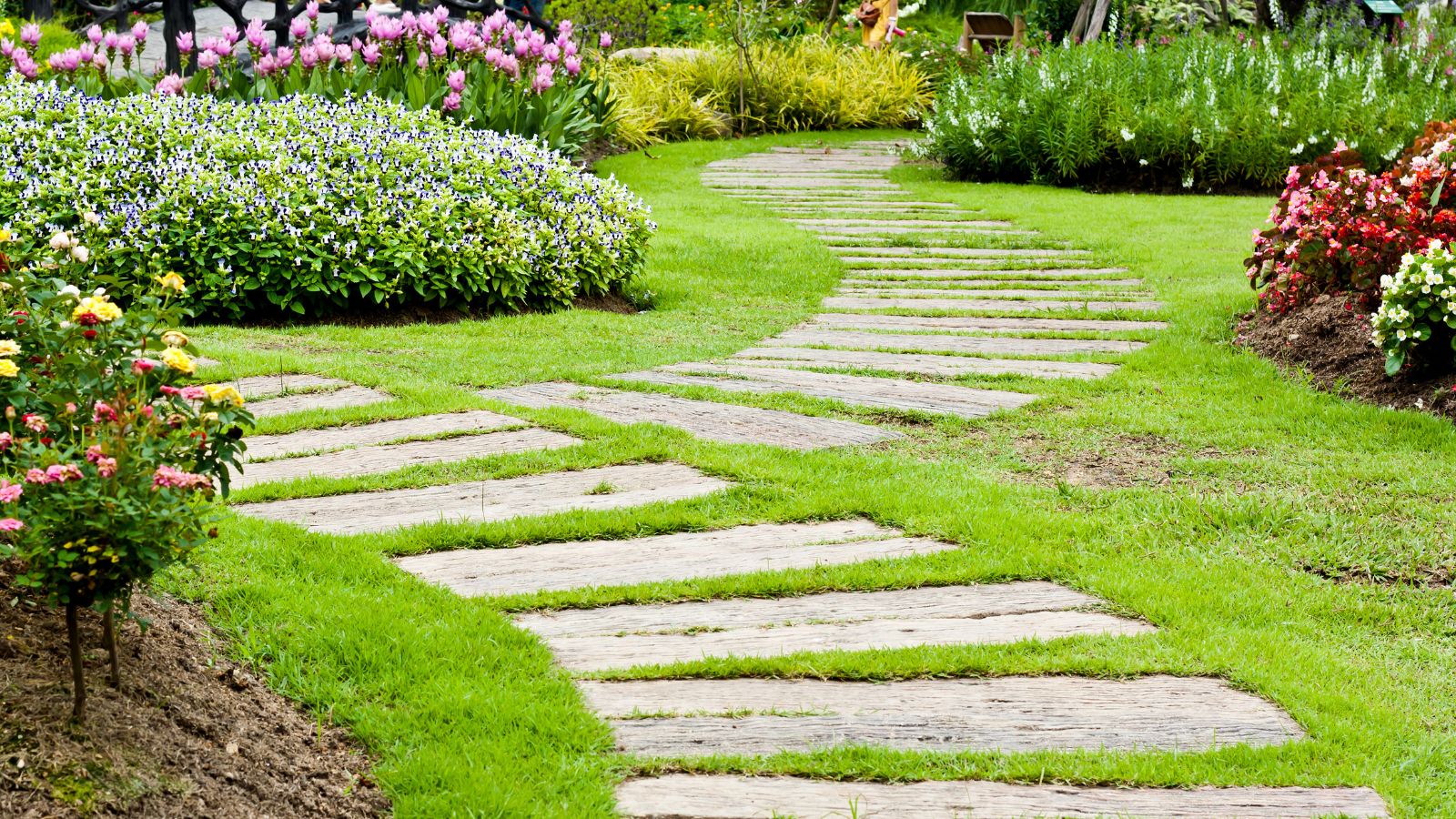
Concrete patios, paved walkways, and other impermeable surfaces prevent rainwater from naturally soaking into the ground. This increases stormwater runoff, which can lead to erosion and water pollution. These surfaces also contribute to the urban heat island effect, raising local temperatures.
Tropical Hardwood Furniture
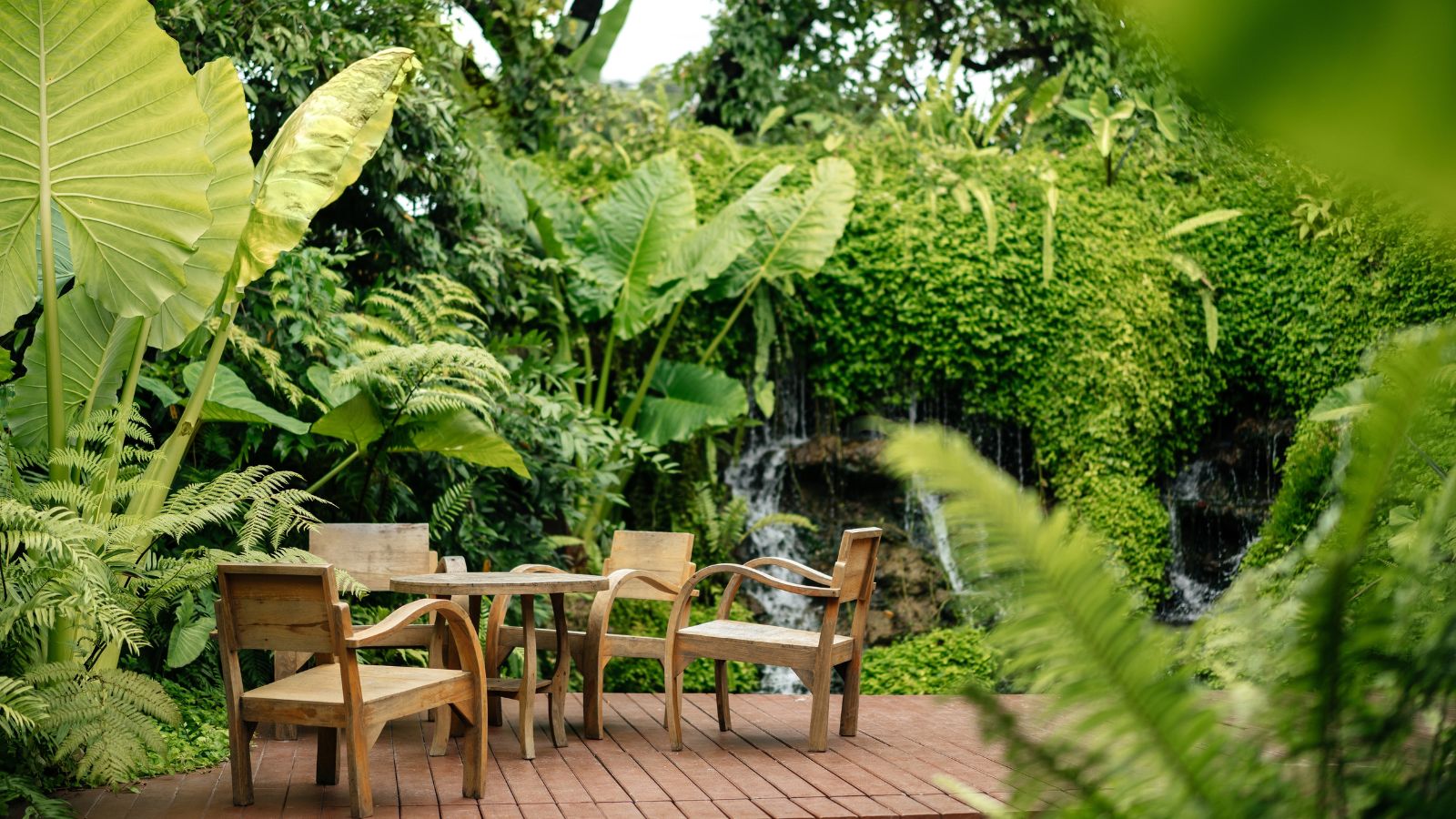
Garden furniture made from tropical hardwoods often comes from unsustainable logging practices. This directly impacts deforestation, habitat loss, and climate change. Choosing furniture made from sustainable, locally sourced materials or recycled plastics is a more environmentally friendly option.
Releasing Goldfish into Ponds
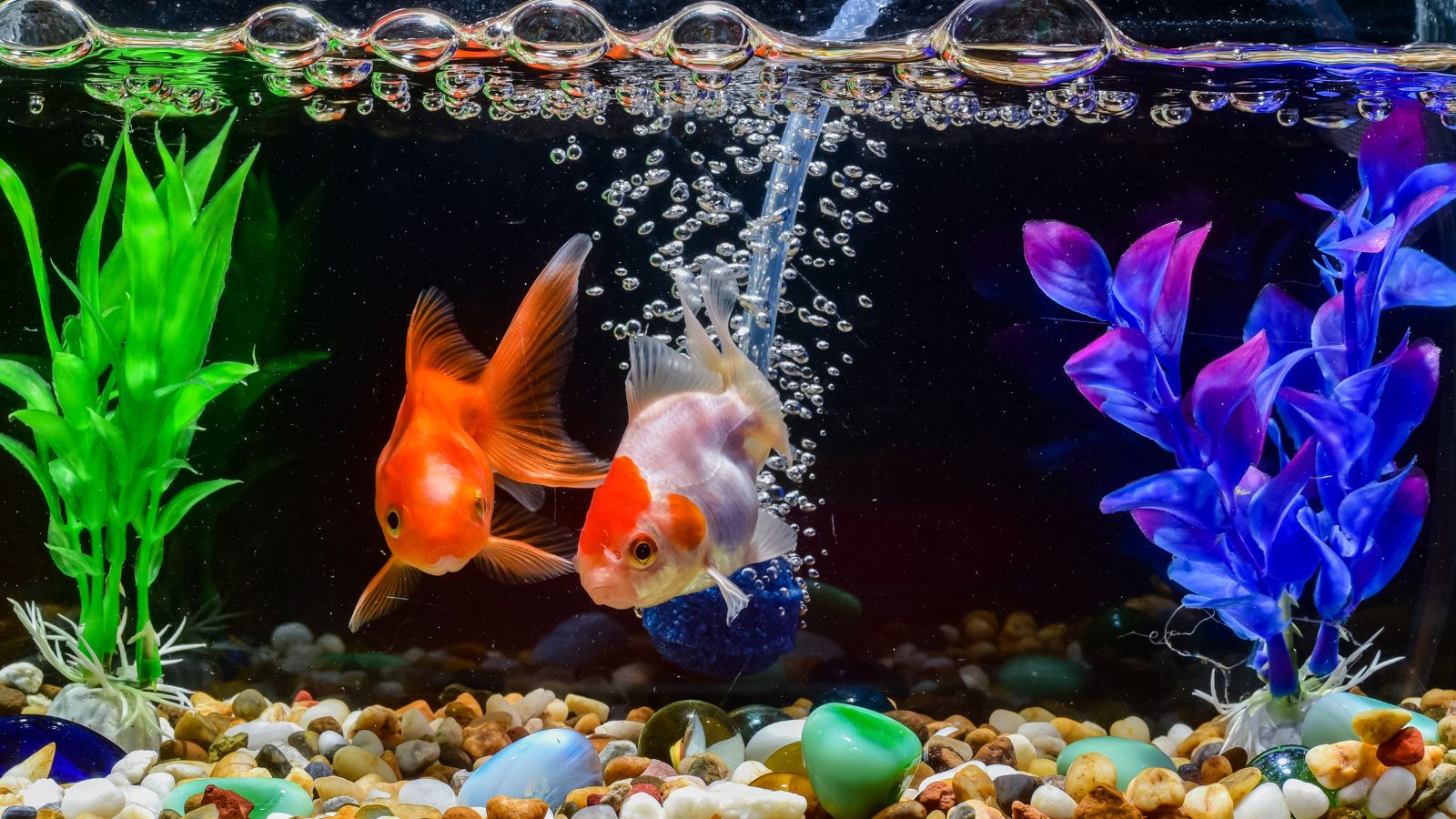
While it might seem harmless, releasing pet goldfish into garden ponds can have severe ecological consequences if they escape into natural waterways. Goldfish can become invasive, outcompeting native species and altering aquatic ecosystems. They also introduce diseases to wild fish populations.
Chemical Deck Cleaners

Many deck cleaning products contain harsh chemicals that can harm plants and soil organisms. These cleaners often run off into surrounding soil or waterways, causing pollution. Choosing environmentally friendly cleaning methods reduces this impact, like pressure washing or using biodegradable cleaners.
Up Next: 19 American Foods that Are Not Allowed in Other Countries

We can debate all day about who has the safest food supply in the world. Though, I’d bet you would be surprised at how many everyday American foods are banned in other countries. Most are due to chemical additives and pesticides, which, in places like the EU, cannot be approved for use unless proven safe. Let’s take a look at 19 of them.
19 American Foods that Are Not Allowed in Other Countries
19 Things That Will Happen When You Stop Drinking Alcohol

Whether you identify as an alcoholic or a casual drinker, alcohol can have a significant negative impact on your health. This is why more and more people are choosing to go cold turkey for the sake of their well-being. If you’re considering going sober but need a little more convincing, we’ve got you covered. Here are 19 things that will happen when you stop drinking alcohol.
19 Things That Will Happen When You Stop Drinking Alcohol
17 Things Guests Actually Notice Right Away About Your House

Inviting people into your home is a big deal. You may be very house-proud or house-conscious, and if you are either, you’ll likely get anxious about hosting. If this sounds like you, stop worrying and focus on the following 17 things that guests actually notice right away about your house.
17 THINGS GUESTS ACTUALLY NOTICE RIGHT AWAY ABOUT YOUR HOUSE
